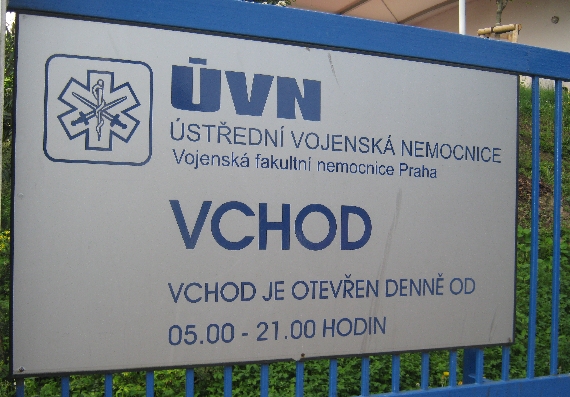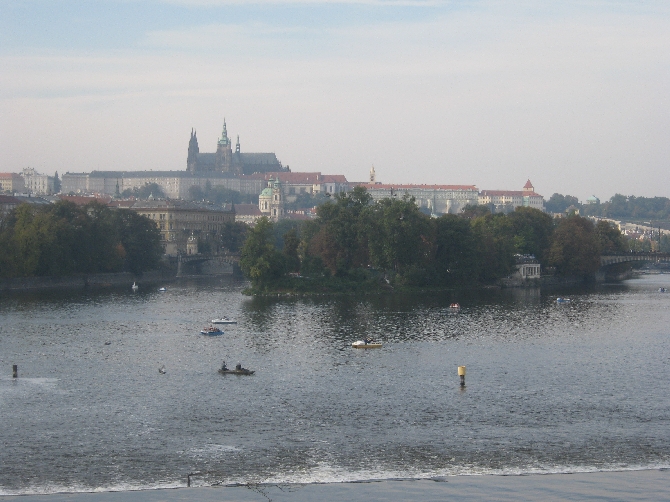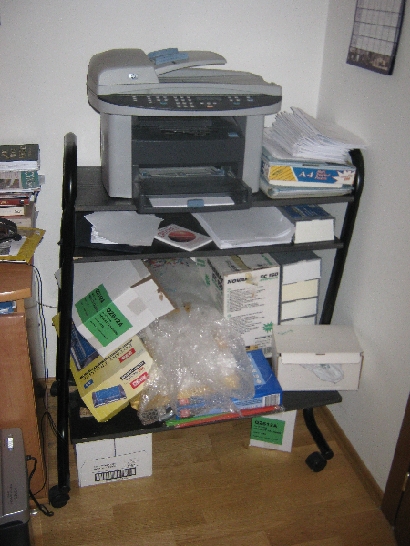
You would think that with Poland and the Czech Republic being next-door to each other, and with Polish and Czech both belonging to the West Slavic group of languages, the two countries and their respective populations, would have much in common. Surprisingly, they don’t! Whilst what follows is based on seven years of living in the Czech Republic, and only the past five days travelling through Poland, I hope it still has some validity 🙂
Some contrasts are indisputable. The area of Poland is four times greater than that of the Czech Republic. Driving across Poland these last few days has forcibly brought this home to me. It is a big country! Likewise, the population of Poland is nearly four times greater than that of the Czech Republic – 38.5 million against 10.5 million.
But even with the languages of two countries both being West Slavic, this does not bring about much commonality. Whilst an adult Czech can fairly easily understand an adult Slovak and vice versa, when both speak in their respective languages, the same does not apply to Czechs and Poles. I’ve been told this several times, by citizens of both countries. Interestingly, a Polish hotel receptionist told me a couple of days ago, that she and many other Poles, find it easier to understand a Slovak, rather than a Czech.
There are similarities between Czech and Polish – both have seven cases 🙁 , and some vocabulary is also identical, or only slightly different. For example ‘beer’, which in Czech is ‘pivo‘, in Polish it is ‘piwo‘. But there are also many significant differences and various false friends. Quite commonly, when a Czech and a Pole want to speak to each other, they will resort to using second language English!
One major area of contrast is with regard to the Christian faith. Whilst Roman Catholics are the majority Church in both countries, the level of adherence and practice is vastly higher in Poland than it is in the Czech Republic. In both countries under communism, the Christian Church suffered – Protestant and Roman Catholic alike. But whilst in Poland, it was the Roman Catholic Church that was at the forefront of opposition to totalitarianism, in the Czech Republic it was predominantly artists and writers.
Over the past twenty-five years, since the collapse of the communist regimes in both countries, considerable sums of money have been spent on restoring historic Churches. However, in the Czech Republic, this has mainly been done to preserve what is seen as the country’s cultural heritage, as well as to attract tourists. In Poland, whilst both these motives also apply, the main reason is to provide and enhance, well-used places of worship.
As we have driven through Poland these last few days, one thing that has frequently struck us, are the considerable number of large new Roman Catholic Churches we have seen. These clearly have all been built since 1989. You do not see this in the Czech Republic.
Post 1989, both countries rapidly embraced capitalism with state owned industries being privatised and Western European investment being actively encouraged. This has resulted in many Czech and Polish businesses coming under foreign ownership. In the Czech Republic, these are often German – Škoda is now owned by Volkswagen, and two major supermarket chains, Kaufland and Billa, are also German.
However in Poland, the French are the major player. We’ve seen large hypermarkets belonging to Auchan and Carrefour. And in the banking arena, Credit Agricole and BNP Parisbas appear to have a considerable market share, judging by the number of branches both have in Polish towns and cities.
One observation Sybille has made since we’ve been in Poland, is that there are far fewer dogs to be seen. In the Czech Republic, the commonly quoted statistic is that 40% of households have at least one dog. Judging by the number of dogs we meet when walking in Prague, each one of which Sybille likes to say ‘Hello’ to 🙂 , that could be an under estimate. We have seen, and Sybille has said ‘Hello’ to, several Polish dogs. But to many fewer than would be the case in the Czech Republic.
The only area where I have observed any similarities between Poles and Czechs, is in their fashion sense. As I wrote under point three of my most famous post, ‘How to be Czech in ten easy steps‘, one popular male look is having long hair and tying it back in a pony tail. Since writing this, I’ve been told that this was a way, post 1968, of showing your opposition to the communist regime. This may well explain why you can often see men in their fifties and sixties, sporting this look. The look is is also alive and well in Poland, presumably with similar origins.
Likewise, the habit of Czech ladies wearing either very short skirts or spray-on jeans, can also be frequently observed in Poland. But even here, there is a difference between the two countries. In the Czech Republic, many new grandmothers, dress little differently from their daughters, often competing with them as to who has the shorter hemline! Here in Poland, the difference between the generations is rarely blurred.
Quite honestly, there is very little love lost between Czechs and Poles. Sybille and I have chosen to take advantage of living in Central Europe, by currently spending a two week holiday, exploring Poland. But several Czechs have expressed considerable surprise that we should want to do so! Most Czechs do not visit Poland. Since passing through the border area just north of Ostrava, we haven’t seen a single Czech registered car!














